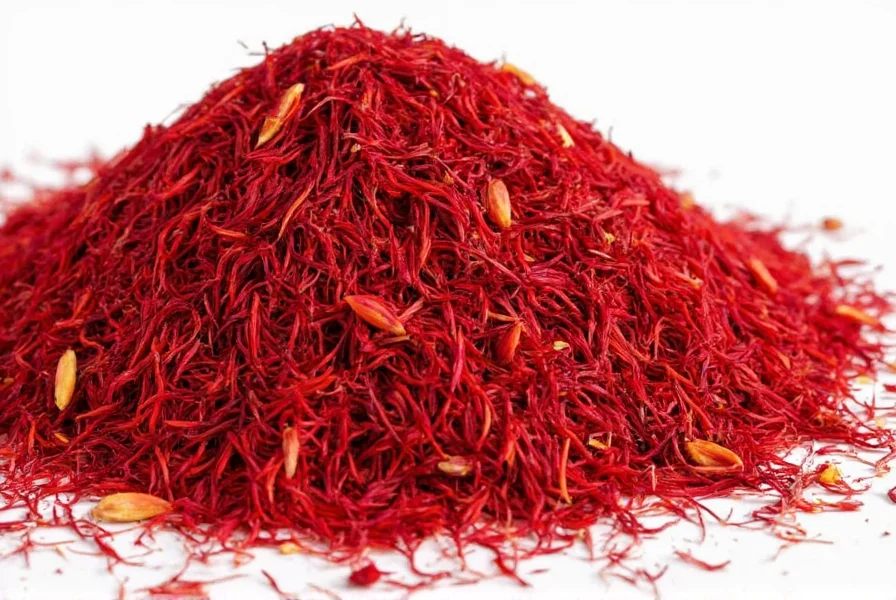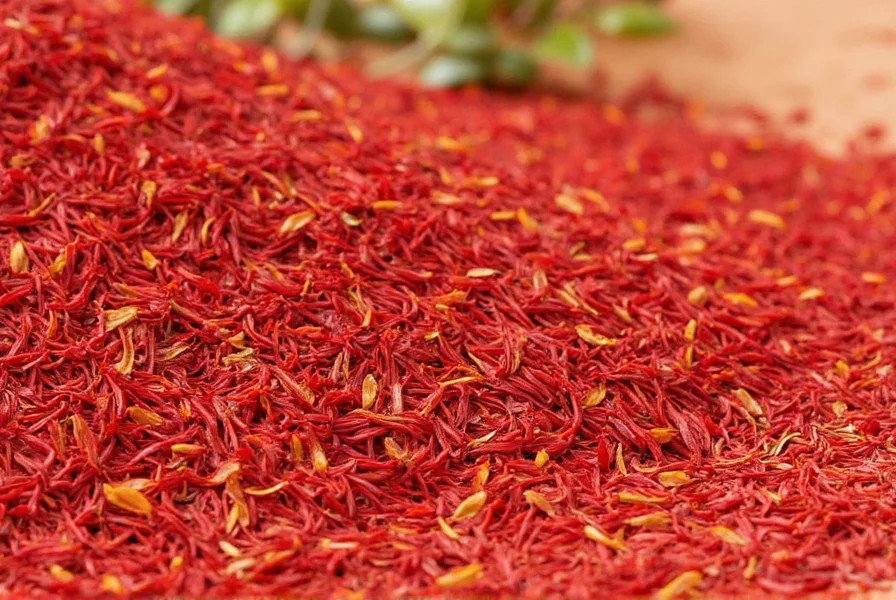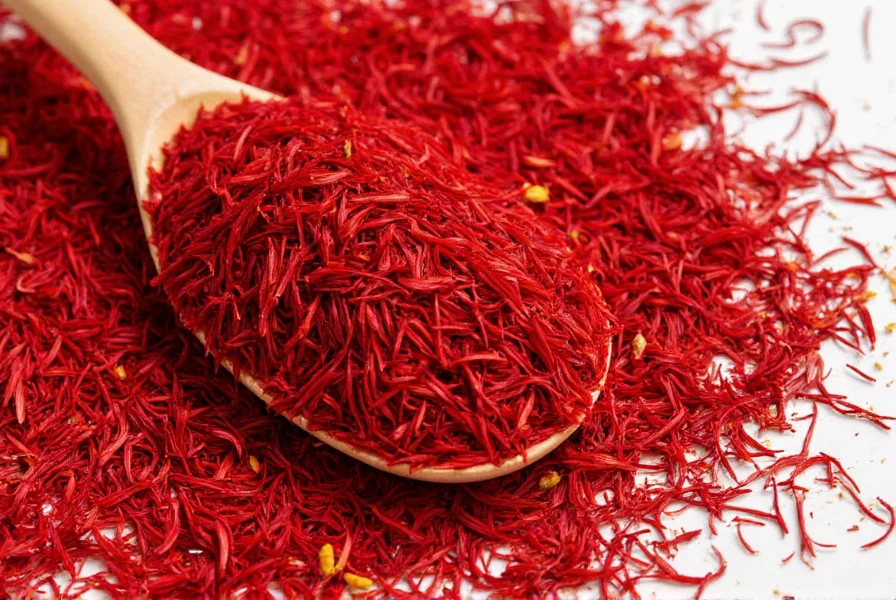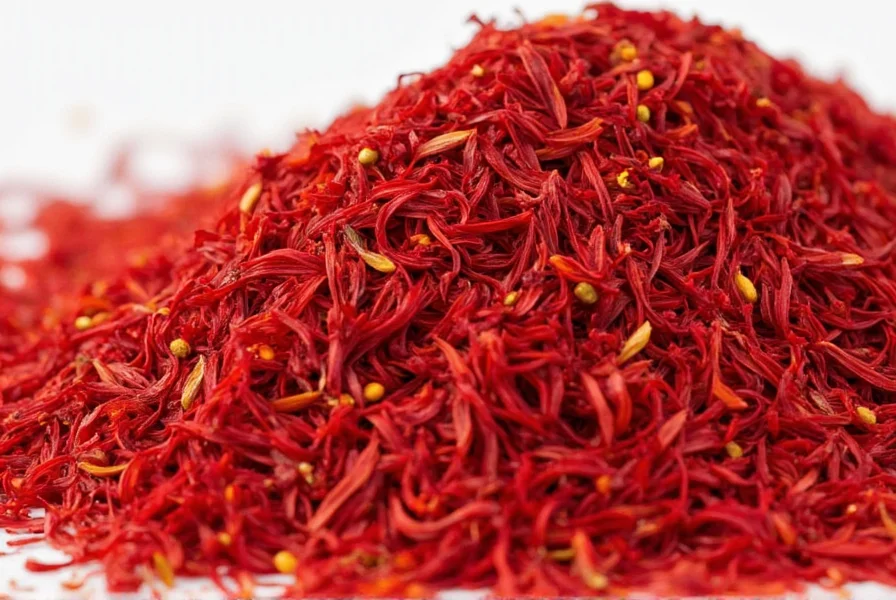Saffron Price Per Pound: Current Market Rates (2025)
Saffron typically costs between $500 and $5,000 per pound, depending on quality grade and origin. Here's a breakdown of the current market prices:
| Grade | Average Price per Pound | Notes |
|---|---|---|
| Coupe (Top Grade) | $3,000 - $5,000 | Rare, deep red threads with maximum aroma and coloring power |
| Mancha (Mid-Grade) | $1,500 - $2,500 | Good quality, slightly lighter color, may include some yellow style |
| Sierra/Botella (Low Grade) | $500 - $1,000 | Includes more yellow parts, less potency |

Why is saffron so expensive? Each crocus bloom yields only three stigmas, requiring 75,000 flowers for one pound. Harvesting is entirely manual, and climate-specific growing conditions in Iran, India, and Spain add to the cost.
Buying Guide: Authentic Saffron Checklist
To avoid fake saffron, verify these features:
- Color: Deep red to crimson threads (avoid orange or pale hues)
- Smell: Distinct floral, earthy aroma (no chemical scent)
- Purity: Whole threads (not powder unless labeled "saffron powder")
- Certifications: ISO 3632 standard for tested purity
- Origin: Iranian or Kashmiri for top quality

Storage & Usage Hacks
Preserve potency with these tips:
- Store in airtight container away from light and moisture
- Keep at room temperature (no fridge needed)
- Add uncooked rice grains to absorb excess moisture
- Soak threads in warm liquid for 20 minutes before use
Saffron Alternatives
| Alternative | Taste Profile | Best For | Price Comparison |
|---|---|---|---|
| Turmeric | Earthy, bitter | Color substitution in curries and rice | $0.10 per ounce |
| Anatto | Nutty, sweet | Golden hue in Latin American dishes | $0.05 per ounce |
| Paprika | Smoky or sweet | Flavor + mild color boost | $0.20 per ounce |

FAQ: Saffron Price & Buying Tips
How much saffron equals one teaspoon?
20-30 threads = 1/8 tsp ground saffron = 1 tsp soaked threads.
Does saffron go bad?
It doesn't spoil but loses potency after 1-2 years. Store properly to extend shelf life.
How to spot fake saffron?
Real saffron releases color slowly into warm water (golden hue). Instant bright orange means dye.
Cost per dish?
A 1g bottle ($15-$30) makes 8-10 servings of paella or risotto—about $2 per dish for premium quality.











 浙公网安备
33010002000092号
浙公网安备
33010002000092号 浙B2-20120091-4
浙B2-20120091-4